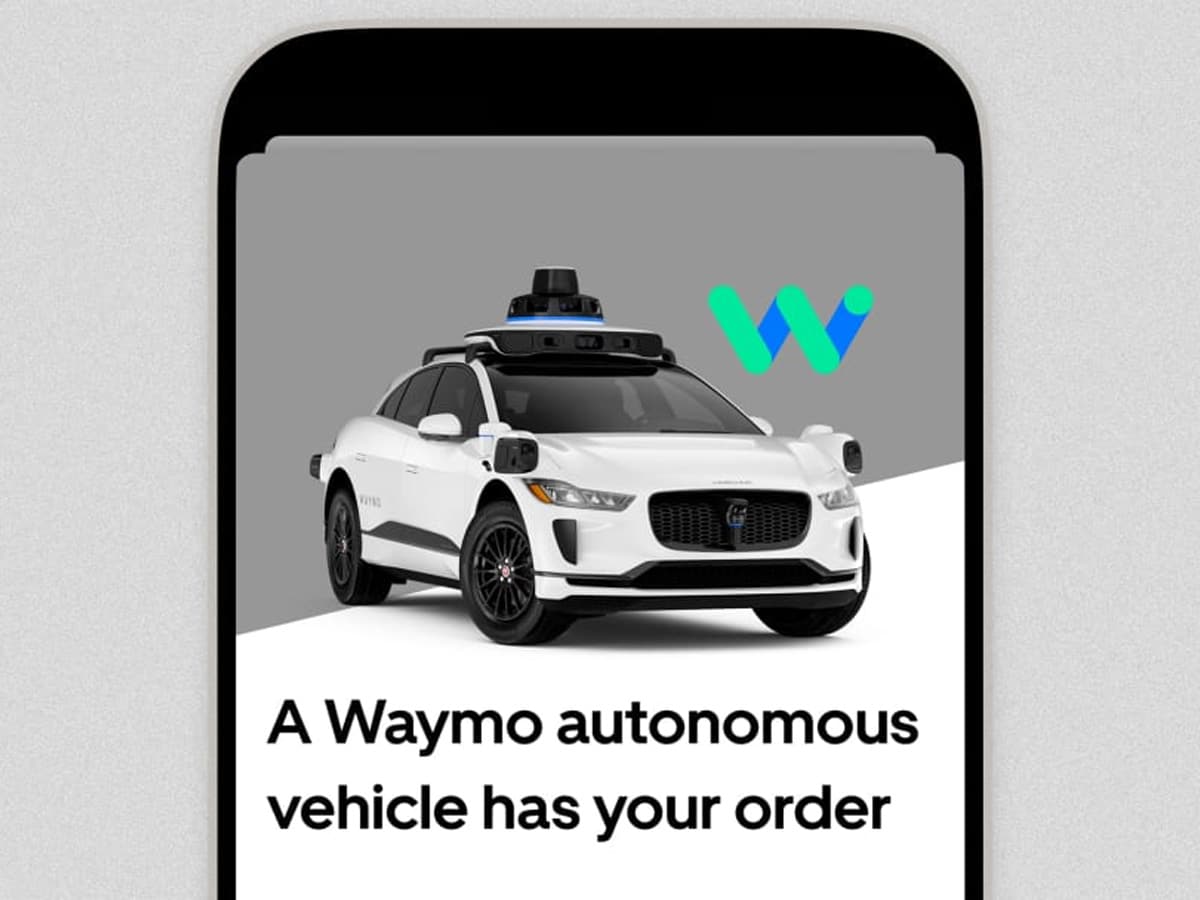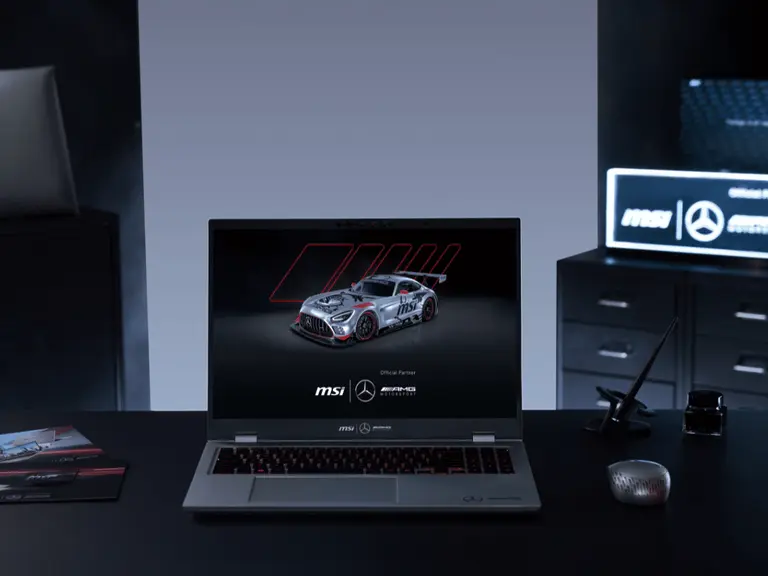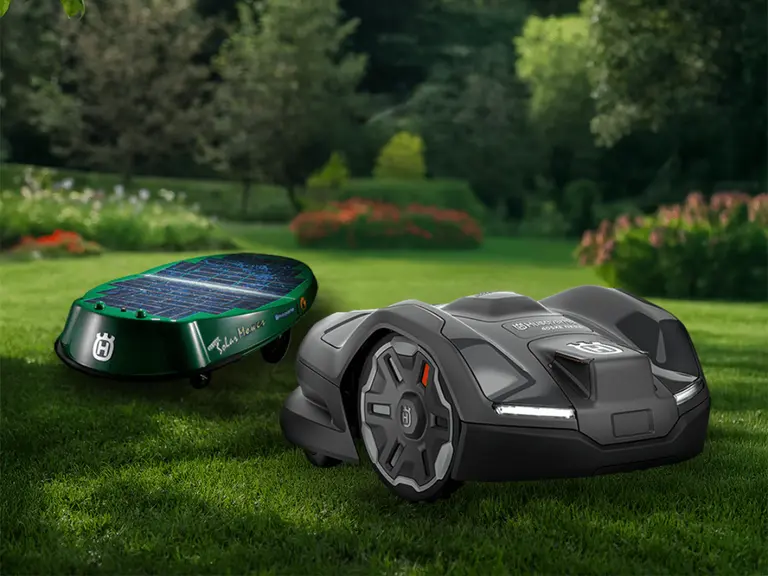
Published:
Readtime: 3 min
Every product is carefully selected by our editors and experts. If you buy from a link, we may earn a commission. Learn more. For more information on how we test products, click here.
What was once relegated to science fiction is now gradually becoming a reality. Uber Eats customers in the Phoenix metropolitan area, including cities like Tempe, Mesa, and Chandler, might just see a Waymo self-driving car pulling up to deliver their food as the two companies have teamed up in Phoenix to deliver food orders with a fully autonomous car.
“Starting today (April 3rd, 2024) in Phoenix, Uber Eats consumers in Tempe, Mesa, and Chandler may have their orders delivered by an autonomous vehicle,” Uber said in a press release. “Uber and Waymo are working with select merchants in the area, including local favourites like Princess Pita, Filiberto’s, and BoSa Donuts.” This marks the official launch of Uber’s delivery partnership with autonomous vehicle company Waymo and is part of a broader multiyear collaboration between the two.
RELATED: Take Our Survey for Your Chance to Win a $250 Uber Eats Voucher!
Autonomous vehicles have been a topic of increasing interest in recent years. While the technology is still in its early stages, with significant further testing and development required, Uber is looking to take advantage of its potential to increase efficiency and profitability, particularly through its Uber Eats delivery service.
However, it’s the first location where the food delivery app will use Waymo’s self-driving vehicles. Previously, Uber Eats partnered with various robotics companies like Cartken, Motional, Nuro, and Serve Robotics for autonomous delivery pilots in other locations. According to an Uber spokesperson speaking to CNBC, the service area is constantly expanding, and more restaurants will join the autonomous delivery program in the future.
Deliveries will be handled by Waymo’s fleet of Jaguar I-PACE EVs, although the exact number remains undisclosed. “The addition of food delivery to Uber’s ongoing partnership with Waymo reflects both companies’ mission to encourage zero-emission trips and unlock greater innovation for consumers and merchants in Phoenix and beyond,” Uber said in their announcement blog post.

When placing an order in Phoenix where autonomous delivery is available, Uber Eats users will see a prompt in the app: “Autonomous vehicles may deliver your order.” If matched with a Waymo self-driving car, customers will receive an in-app notification to take their phone outside to unlock the vehicle and retrieve their food.
As Uber says in its official blog, “When the autonomous vehicle arrives, you’ll receive an in-app notification to take your phone with you to unlock the vehicle and collect your items.” If you’re not a fan of self-driving delivery, you can also opt out of this new tech at checkout and choose a traditional courier delivery.
Uber and Waymo first announced their multi-year partnership in May 2023, hinting at integrating Uber Eats into the self-driving future. They launched fully autonomous rideshares in Phoenix by October, boasting Waymo’s massive 180-square-mile service area, the world’s largest at the time.
The Uber Eats integration aligns with Uber’s strategy of partnering with self-driving specialists like Waymo, rather than developing the technology themselves. Only time will tell how this partnership shapes the future of food delivery, but one thing’s for sure: the landscape is changing rapidly.

You’ll also like:
New Big Mac Variations Coming to Australia as Mac Family Returns.





























Comments
We love hearing from you. or to leave a comment.